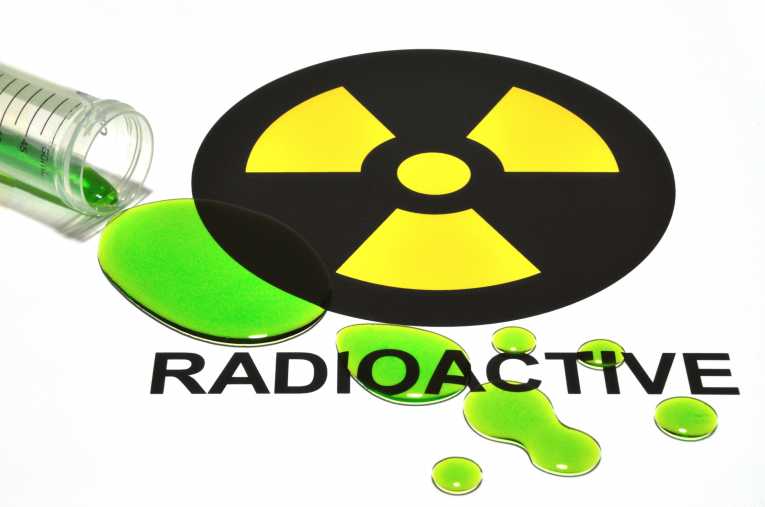Whatever the future of the nuclear power industry, as it struggles for survival in the wake of the unfolding nuclear crisis in Japan, one thing the world can't escape from is its toxic legacy. Five decades of nuclear power has produced vast quantities of radioactive waste materials, which will remain dangerous for thousands of years - even if nuclear power ceased tomorrow.
But an unlikely hero in making those waste dumps less risky has stepped forward - with new research revealing that 'green rust' could help prevent radioactive groundwater seepage.
The news on green gloop comes from a paper published in Geochimica et Cosmochimica Acta, by geochemist Bo Christiansen, at the University of Copenhagen. This substance is in fact a special type of rust formed when iron corrodes in the absence of oxygen.
Unlike the more familiar brown rust, the ferrous iron in green rust is very reactive - it is short a few electrons, and so quickly snaps them up from other compounds. This has turned researchers on to its potential use a barrier for various contaminants. The idea is that the green rust would make them less toxic, or even trap them completely.
This new paper looked at its effectiveness in dealing with one of the longest-lived, and most risky, of nuclear waste-products - neptunium. It is produced from uranium-powered nuclear reactors. This unstable isotope remains radioactive for an incredible 5 million years, so safe storage is a very difficult thing to design for.One major concern is what happens when the iron-lined coper containers, that hold the neptunium, are no longer immersed in water. The water prevents the copper from decaying - but over hundreds and thousands of years, water levels could fall, allowing the copper to corrode. Once gone, the iron would rust in short shrift. That would allow the radioactive neptunium to be free to enter surrounding groundwaters, and so contaminate drinking supplies.
But the research, conducted by the Nano-Geoscience Research Group, at the Okskarshamn research facility in Sweden, showed that the neptunium could be halted, and encapsulated, in a surrounding green rust matrix.
Christiansen said ''Our study shows that even the safest encapsulation of radioactive waste could be made safer if radioactive waste canisters are buried in a place where green rust will form.'' That's something future generations must hope scientists have gotten right, as they deal with the radioactive legacy left them by the nuclear generation.










